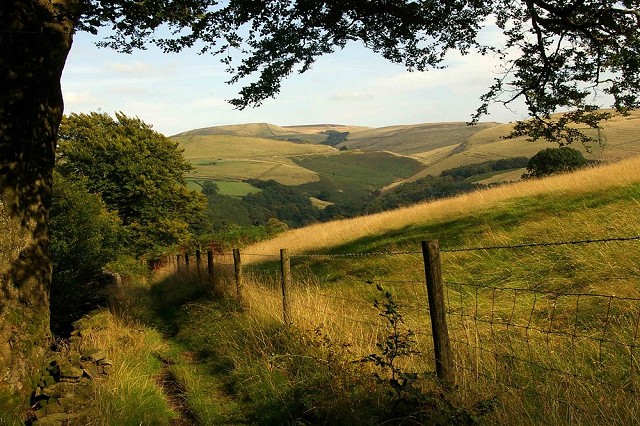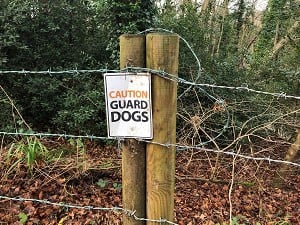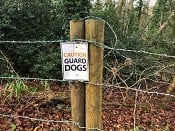
Britain's oldest national conservation body, the Open Spaces Society, has urged MPs to support clauses on public paths in the new Deregulation Bill, which has its second reading on Monday 3 February. The purpose of these is to speed up and simplify the process for getting the official map of public paths in England up to date before the final cut off for all inclusions in 12 years' time.

This is now urgent, say the OSS, because on 1 January 2026 parliament intends that ancient unrecorded routes will be extinguished for ever.
The official map of public paths in England, known as the definitive map, is held by the surveying authority (county or unitary council) and is supposed to show all the footpaths, bridleways and byways. However the maps are incomplete. In order to add a path to the map, a member of the public, or the authority itself, must show either that there is historic evidence that it is a highway, and/or that there is evidence that the public has used the route for at least 20 years, without being stopped or asking or being given permission.
‘The cut-off date of 2026 was introduced in the Countryside and Rights of Way Act 2000 with a government undertaking to fund the research and claim of historic routes' explains OSS general secretary Kate Ashbrook.
'This funding was not forthcoming and we have had to develop other ideas for improving the process. Natural England established the Stakeholder Working Group on Unrecorded Public Rights of Way, consisting of representatives of landowners, local authorities and path users, to consider the issue. The Open Spaces Society is a member of the group. We reached unanimous agreement on measures to streamline the path-claim process. These have been included in the Deregulation Bill.'
‘Half the time allowed for getting the maps up to date has gone already, with little to show for it. So we need this new law as soon as possible.'
‘The law will benefit landowners, who need to know whether there are potential highways across their land, and local authorities and the public, both of whom find the current process tortuous and expensive. The measures reduce the potential for conflict.’
The clauses and schedule include the following, among many detailed proposals:
- A simplified procedure for correcting administrative errors on the definitive map and statement;
- The local authority is allowed to dismiss poor claims at an early stage;
- The local authority may agree with the landowner a suitable alternative route for a historic claim, in limited circumstances;
- The applicant has the right to appeal to the magistrates’ court if the authority does not meet the timescale for processing a claim.








Comments